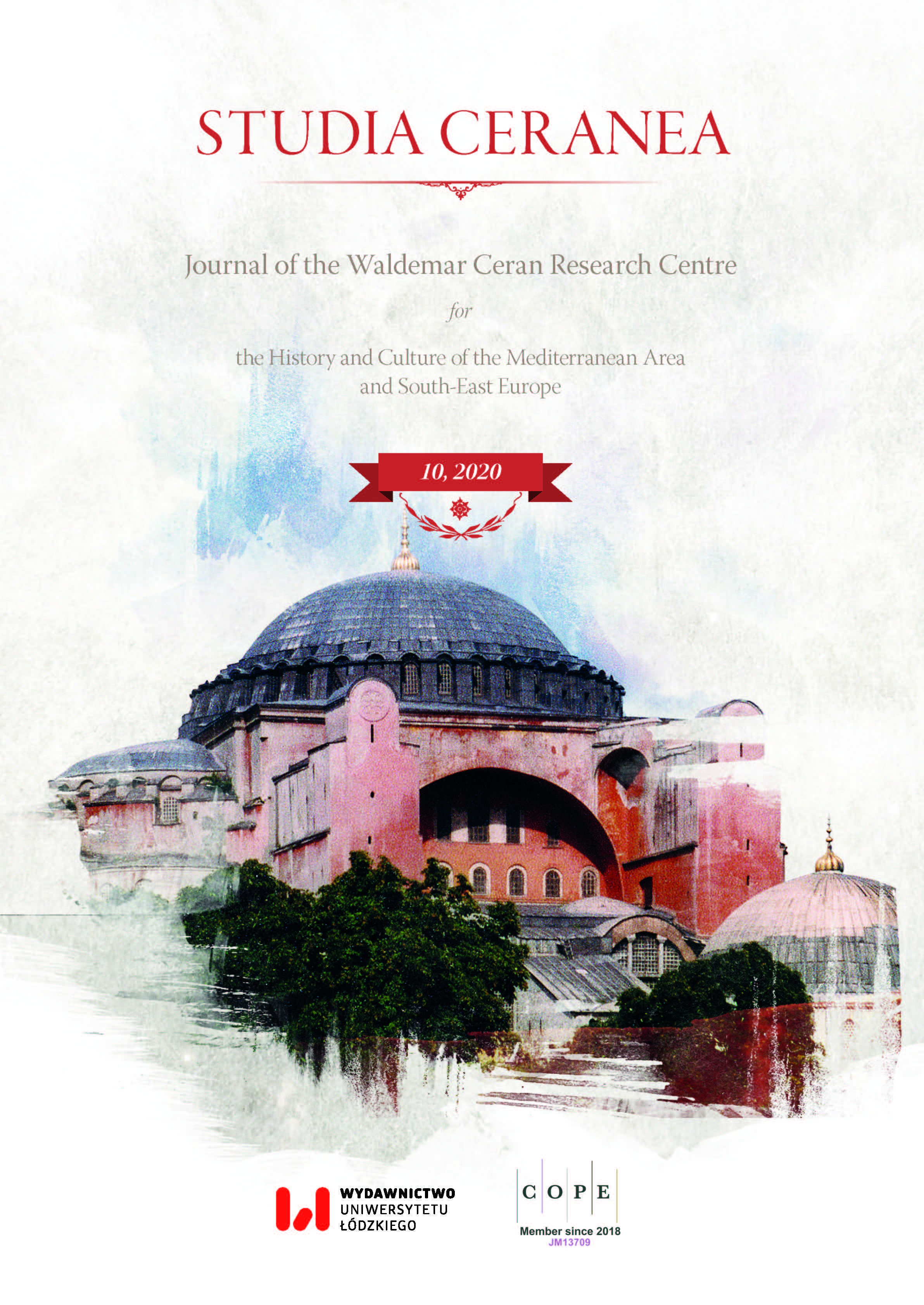Responsibilities of the Church Steward in the Light of The Canons of Pseudo-Athanasius
Responsibilities of the Church Steward in the Light of The Canons of Pseudo-Athanasius
Author(s): Andrzej Rafał HołasekSubject(s): Christian Theology and Religion, History, History of Church(es)
Published by: Wydawnictwo Uniwersytetu Łódzkiego
Keywords: Canons of Pseudo-Athanasius; Egyptian Christianity; Church steward; management of ecclesiastical property; charity activities; artaba; xenodochium; Church treasure
Summary/Abstract: The office of a steward was known in Egypt back in the time of the Pharaohs. It appears that in the East, this function first emerged in the structures of the Egyptian Church. The Canons of Pseudo-Athanasius, which probably come from the first half of the 5th century, show the author’s views on how the church stewards fulfilled their duties. Pseudo-Athanasius not only outlined the criteria to be met by these administrators, but also indicated the date by which, in his opinion, they should be solemnly appointed. In addition, this source informs us how these church administrators were supposed to fulfill their obligation to collect and secure church property for the Church’s charitable activities. The author emphasized that the steward played a key role in how efficiently actions in support of the poor were implemented, however, he also observed that these tasks were fully dependent on the will of the local bishop. Pseudo-Athanasius also devoted considerable attention to the important problem of the dishonesty of some administrators. Therefore, he postulated that the vaults and granaries should be secured with seals by a commission and that they be opened in the same way. The author had an interesting idea to create a reserve in the treasury, which, in the event of a cataclysm or other calamity, would provide food for the community. Undoubtedly, the Canons of Pseudo-Athanasius are an extremely valuable source that deepens our knowledge about the work of church stewards at that time. There are numerous indications that the author included his own observations in them. However, it should be remembered that the description of the steward’s duties presented here is a model proposition, therefore, in order to obtain a more complete picture, it should be confronted with other sources from the era.
- Issue Year: 2020
- Issue No: 10
- Page Range: 281-293
- Page Count: 13
- Language: English

